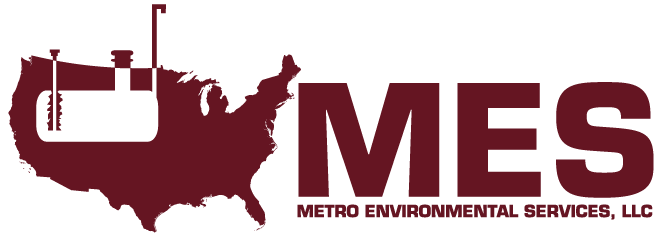5 Things C-Store Operators Need to Know about UST Insurance

It is estimated that hundreds of thousands of underground storage tanks (USTs) that were installed to meet the 1988 U.S. Environmental Protection Agency UST regulations will be closed in the next 10 years. This is in part because manufacturer warranties will expire, but also because obtaining insurance for tanks age 20 or older is becoming increasingly difficult and expensive.
As many operators prepare to replace tanks, here are 5 things every C-store operator needs to know about insurance policies for existing and new tanks.
Prepare for Tank Replacements
UST replacement represents an opportunity to upgrade equipment and address future fueling business objectives. SOLUTIONS Design Group simplifies complex aspects of fuel site project planning. Schedule a consultation today.
1.Your insurance company might want to know when you are removing or replacing a tank. According to the Association of State and Territorial Solid Waste Management Officials (ASTSWMO) “Guide to Tank Insurance,” some insurance policies require that the insurance company be notified in advance of a voluntary “scheduled storage tank system” removal or replacement. A failure to do this may put coverage at risk.
2. Know when your policy’s coverage begins and ends, and make sure it covers the length of time a release could have happened. UST releases are often shown to have happened long before a release was reported to the insurance company. The “past” release may have happened outside the policy’s effective timeframe. According to the ASTSWMO, retroactive coverage dates may be purchased. Further, UST policies by regulation must include a six-month extended reporting period (also known as a “tail”). It is important to note that the tail does not extend the policy period, only the timeframe in which a claim may be reported. The release must still have occurred during the policy period for it to be covered.
3. For reasons outlined in point No. 2, do not delay in reporting a claim. The ASTSWMO says that “late claims reporting is a leading reason for releases not being covered.”
4. Be sure you know whether you have a “Confirmed Release” policy or a “Suspected Release” policy. “Confirmed Release” policies do not cover the expenses of a UST leak investigation. The ASTSWMO reports that costs for tank testing, soil sampling and more can result in tens of thousands of dollars of unexpected expenses.
5. Obtaining coverage for a temporarily closed tank is difficult. According to the ASTSWMO, UST operators may be able to purchase insurance to meet financial responsibility regulations, but the policy will likely not cover the cleanup for a release (after all, the tank is supposed be empty). It is worth noting that temporarily closing tanks increases their risk of damage, which may complicate future coverage.
Source North America provides a web page of UST compliance information, including a state-by-state guide to UST regulations. Visit http://www.sourcena.com/solutions/ust-regulations to reference the guide.
This post is sponsored by Source North America







